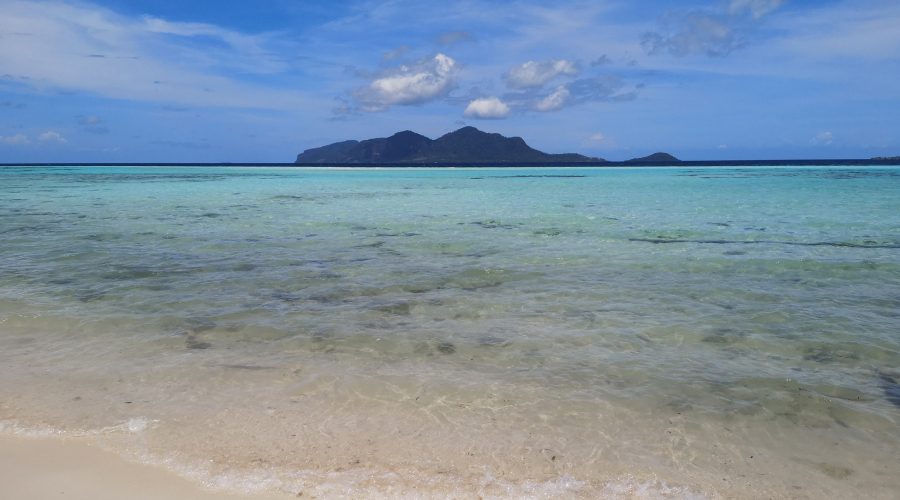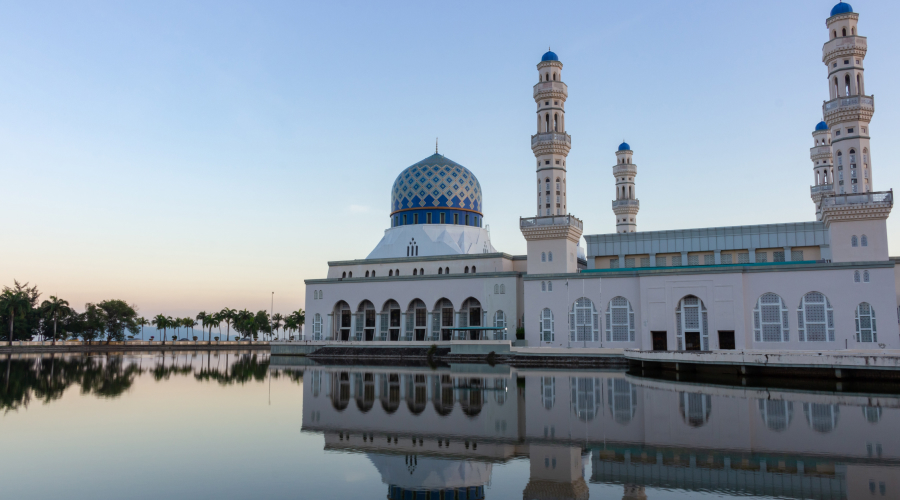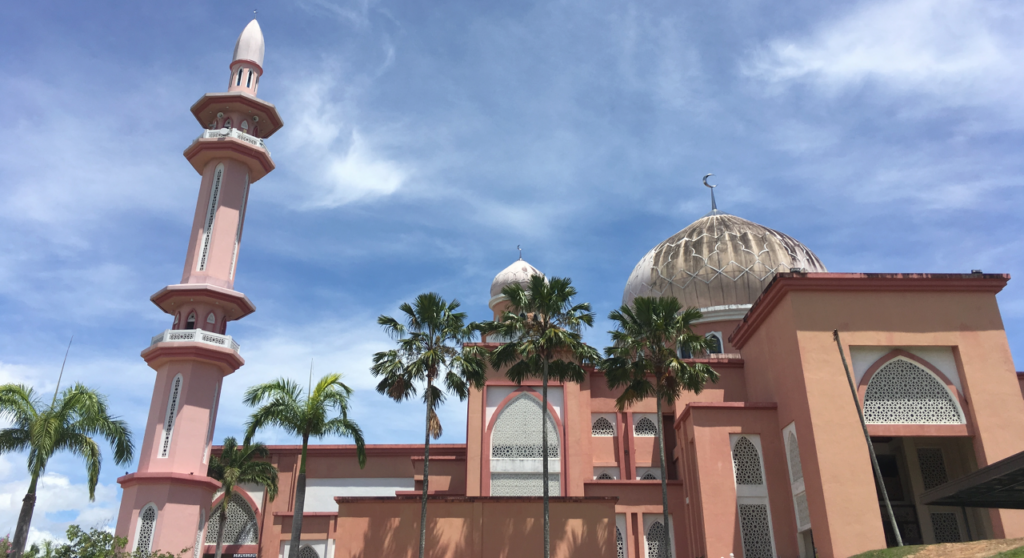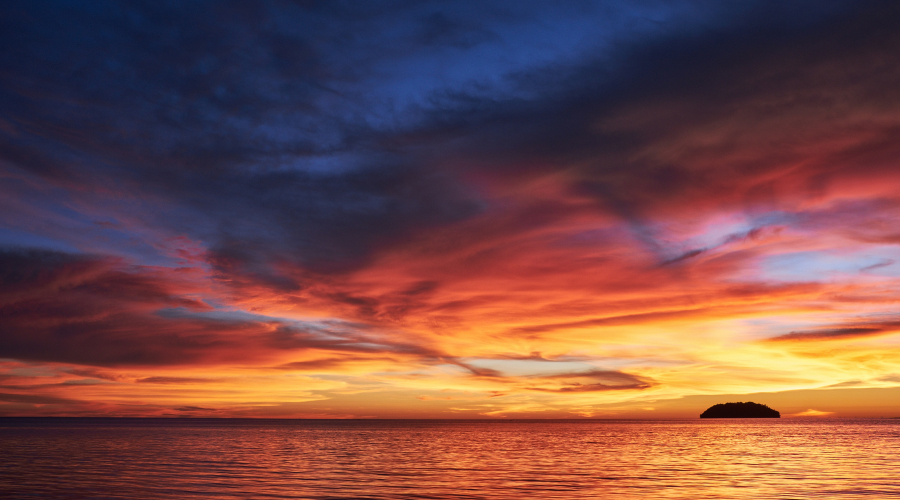Discovering Kota Kinabalu: Weather and Top 5 Attractions
Kota Kinabalu is one of the most popular vacation destinations for travelers from South Korea. While it’s part of Malaysia, the city is arguably more famous than the country itself. The distance means it requires more time and expense compared to destinations like the Philippines or Vietnam, but it’s well worth the visit. Personally, I discovered the thrill of water sports in Kota Kinabalu, which also made me realize my love for resort destinations. Beyond the beaches, there are a few noteworthy attractions to explore. Today, let’s dive into the weather and five must-visit spots in Kota Kinabalu.
Kota Kinabalu Weather

Temperature
Discussing temperature in Kota Kinabalu almost feels unnecessary because it remains consistent year-round, ranging from 73°F to 90°F (23°C to 32°C). While this might sound cooler than a typical summer in South Korea, the high humidity can be overwhelming. Be prepared for heat and sweat, as failing to account for it could dampen your trip’s enjoyment.
Sky
Seeing clear skies in Kota Kinabalu is quite rare due to frequent cloud cover. However, the type of clouds can change the experience. Fluffy, picturesque clouds might trick you into thinking the weather is perfect, while heavy, gray clouds can feel like rain is imminent. The best time for clearer skies is from mid-January to mid-April, roughly three months, so plan your trip carefully to catch this window.
Rainfall
This is likely a top concern for travelers. Unfortunately, Kota Kinabalu sees significant rainfall due to its high humidity. Malaysia, including Kota Kinabalu, is known for rain throughout the year. That said, the region has distinct wet and dry seasons. The wet season runs from mid-April to mid-January, while the dry season spans early March to mid-April.
Conclusion
Based on temperature, sky, and rainfall, the best time to visit Kota Kinabalu is January through March. This is relative to Malaysia’s weather, though, so don’t expect perfectly clear, sunny days. Even during the dry season, you’ll need to be ready for occasional showers and carry an umbrella. I visited during South Korea’s peak season in May, and the relentless rain made it a challenging trip.
Attraction 1: Gaya Island

Kota Kinabalu is home to dozens of stunning islands, many of which are said to be divided by nationality—Gaya Island, for instance, is popular among Koreans, while others attract Chinese visitors. (This was based on a local guide’s comment, so it may not be entirely accurate.) Access to these islands typically requires a tour package, which can be a downside, but it ensures safety and quick response in emergencies. Activities on Gaya Island include snorkeling, scuba diving, and sea walking.
Attraction 2: Firefly Tour

Fireflies, rarely seen in South Korea, are a highlight in Kota Kinabalu, where you can see them in abundance. Like the islands, firefly tours are best experienced through organized packages for convenience and safety. When I visited, there were three main firefly tours: Dongmakgol Serbang, Nanamun & Minanga, and Muara. Dongmakgol Serbang and Muara are closer to the city but have fewer fireflies, while Nanamun & Minanga, a two-hour drive away, boast a larger population. I chose Nanamun & Minanga, and though the journey was tough, I believe it was the right choice.
Attraction 3: Blue Mosque

A mosque is a place of worship for Muslims, where religious activities take place. In South Korea, with its small Muslim population, mosques are uncommon, but Kota Kinabalu has several. The Blue Mosque is particularly popular because visitors can wear a turban and experience the culture firsthand. Its exterior is striking, but the interior is even more ornate, making it a must-visit.
Attraction 4: Pink Mosque

The Pink Mosque is less famous than the Blue Mosque but was my personal favorite. Located in a university area, it’s possible to tour the surrounding campus by taxi. Its beautiful colors and scenic surroundings make it ideal for photography. As someone who’s been there, I recommend wearing a flowing white dress—it makes for stunning photos.
Attraction 5: Sunset Beach

Have you heard that sunsets are more beautiful than sunrises? Kota Kinabalu’s Sunset Beach lives up to that saying. True to its name, the beach offers breathtaking sunsets, where even dark clouds seem to enhance the scene. The vibrant, colorful hues blending with the clouds create a fairytale-like atmosphere. With no nearby shops or buildings, the open vista is mesmerizing. I can confidently say it was the most beautiful sunset I’ve ever seen.
During my seven-day trip, I rushed around quite a bit, but there weren’t as many attractions as I expected. That’s just the nature of a resort destination. Strolling along beautiful beaches is, in itself, enough to fulfill Kota Kinabalu’s purpose. However, the unpredictable weather means timing your visit is key. Honestly, I’d recommend the Philippines or Vietnam over Malaysia—they’re more budget-friendly. While Kota Kinabalu has reasonable prices, it’s not quite as affordable as those other destinations.
